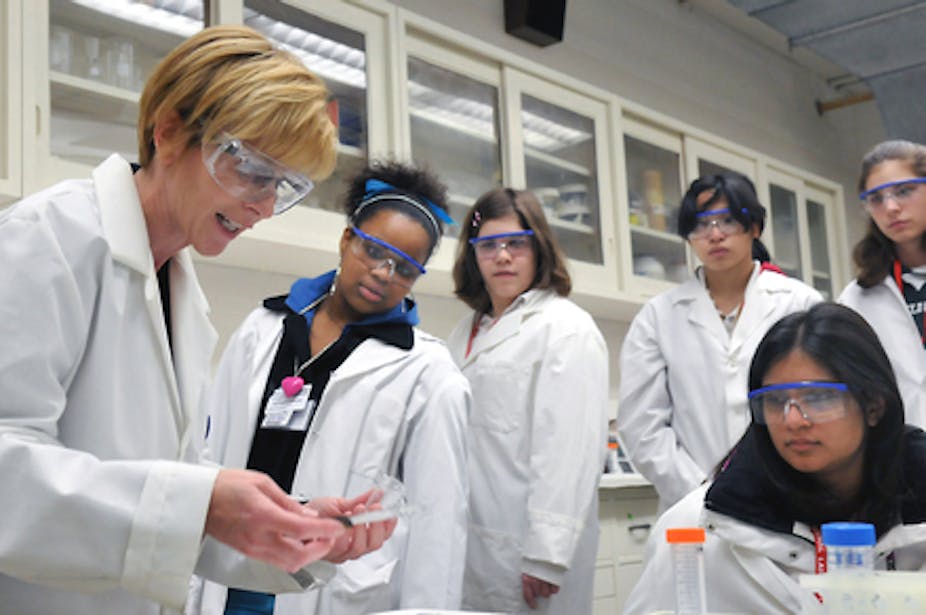Yesterday, April 11, should be remembered as the day the Australian science community agreed to change. Specifically, it agreed to change the way we work to enable women to fully participate, and to prevent the loss of human capital through the practices and processes of the past.
Some 160 science and engineering leaders and policy makers gathered at Parliament House, Canberra, for the Women in Science & Engineering (WiSE) Summit, a full-day conference focused on implementing the Women’s Empowerment Principles, developed by the United Nations Development fund for women, UniFEM.
This resulted in commitments to undertake real change to address womens’ participation in science and engineering.
A communiqué was developed and all of those present made a commitment to return in 12 months to report on progress.
The round table discussion on institutional change was led by the Minister for the Status of Women, the Hon Kate Ellis and had the leaders of major research organisations, industry and universities involved.
Ellis discussed how to keep women in science and encourage more young women into engineering in order to boost productivity and equity.
CSIRO, Australia’s largest employer of researchers, made a commitment to:
- Remove barriers to the promotion of highly skilled women.
- Increase incentives to encourage women to return to the workforce after a period of maternity leave.
These were just two of many commitments.
Importantly, the nation’s leading research funders, the Australian Research Council and the National Health and Medical Research Council, agreed to changes in how they assess research publications in the grant application of those with interrupted careers, such as women who have babies.
For example, the NHMRC this year will consider any nominated five years of an applicant’s career rather than the previous five years, and it has also agreed to monitor gender issues in general.
Further commitments to action made at the summit included:
- Representatives of the Australian Technology Network of Universities setting a performance target that the number of female staff who teach science, engineering and technology subjects will be in the same proportion as women employed in STE industries (currently about 16%).
- Representatives of FASTS, the Federation of Australian Scientific and Technological Societies, agreeing to work with scientific societies across Australia to conduct an audit, with a view to increasing the participation of women in science through best practice.
- Research leaders at the summit agreeing to take the UN Women’s Empowerment Principles back to their organisations with a view to adopting them.
- Agreeing to increase the number of CSIRO’s Payne-Scott awards, designed to bring women back to the workforce after maternity leave.
As said, yesterday should be remembered as the day the Australian science community agreed to change.

